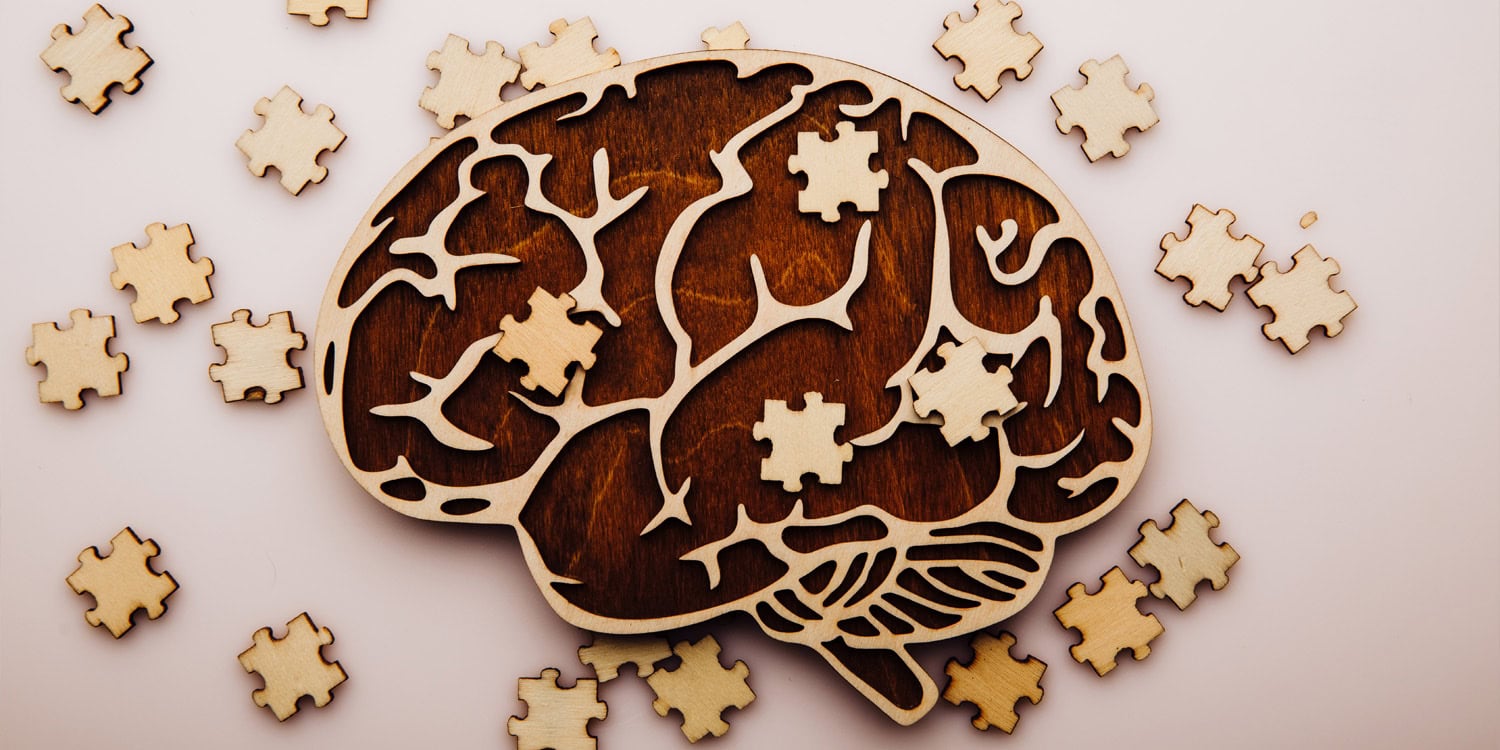Two weeks of paternity leave linked to improved child development
A study published in the Journal of Marriage and Family examined the connection between fathers taking paternity leave and the developmental progress of their young children in Singapore. The researchers found that when fathers took two weeks or more of paternity leave, it was associated with increased involvement in childcare, stronger father-child bonds, and improved family dynamics. These factors, in turn, were linked to better academic performance and fewer behavioral challenges in children as they grew from preschool into early primary school.
Previous research , mostly from Western countries, has found that paternity leave was connected to fathers being more involved in childcare and to stronger family ties. However, there was less understanding of how this policy directly influenced the development of young children, especially over a longer period. This gap in knowledge was particularly notable in Asian societies, where paternity leave policies are often newer and offer shorter durations compared to European nations.
In Asia, many regions have only recently introduced paternity leave policies, or they do not have them at all. The length of leave available to fathers in these countries is generally shorter. For example, some countries offer only a few days, while others, like South Korea and Japan, have expanded leave to up to a year.
“Many Asian societies, including Singapore, are facing the challenges of raising fertility rates and the related issues of gender inequality within the family. Some western governments (especially Nordic countries) had introduced longer parental leave to alleviate parents’ work-life conflict and encourage fathers’ participation in childcare decades ago,” said study author Wei-Jun Jean Yeung, a professor and chair of the Family, Children, and Youth Research Cluster at the National University of Singapore.
“In Asian countries, while maternity leave has been widely provided, paternity leave is either relatively short compared to Nordic countries, or non-existing. We believe paternity leave is very important because it helps fathers build stronger bonds with their children and improve couples’ relationships, which could indirectly reduce gender inequality and potentially affect couples’ intention to have a child.”
“However, no study has comprehensively examined how paternity leave affects family relationships and early childhood development. This gap led us to start our research on the topic. This paper is our second study, following our first one published in 2022. We believe the results will be useful for Singapore and other Asian countries, particularly East Asian countries such as South Korea, Japan, and China, which also shares more prevalent patriarchal norms and ‘ultra-low’ fertility levels.”
The research was guided by two main theoretical perspectives: family systems theory and social capital theory. Family systems theory suggests that a family operates as a connected unit, where the actions and experiences of one member, such as a father’s involvement in childcare, can influence other parts of the family, including children’s development and the relationships between parents.
Social capital theory posits that strong relationships and bonds within a family, such as those between parents and children, contribute positively to a child’s development. Paternity leave is seen as a way to enhance this family social capital by giving fathers time to become more competent and involved caregivers.
The researchers analyzed data from the Singapore Longitudinal Early Development Study (SG-LEADS), which collected information from a large, representative sample of Singaporean children and their primary caregivers in two waves: 2018/2019 and 2021. The study focused on children who were born after May 1, 2013, which is when Singapore’s paternity leave policy began.
The final sample included 3895 children who lived with two parents and whose primary caregiver was their mother. For analyses focusing on developmental outcomes, the sample was further narrowed to children aged three and above who had reported data on both behavioral problems and academic achievements in both waves.
To measure children’s development, the study used the Children’s Behavior Problems Index (BPI) for children aged three and above, which assesses externalizing behaviors like aggression and internalizing behaviors like anxiety. Academic achievements were measured using test scores for letter-word identification and applied problems from the Woodcock-Johnson Test of Achievement. The key independent variable was paternity leave-taking, categorized based on whether fathers took no leave, one week of leave, or two weeks or more of leave, as reported by the mothers.
The researchers also examined several factors as potential intermediaries. Fathers’ involvement was measured by mothers’ reports of how much fathers participated in childcare activities like bathing, changing diapers, and playing. Father-child closeness was assessed by mothers’ statements about how close their child felt to their father. Family dynamics was a broader concept encompassing family conflict, marital satisfaction, and parenting aggravation, all reported by mothers.
The results showed that taking two weeks or more of paternity leave was associated with higher scores in children’s letter-word identification when they were three to six years old, and again when they were five to eight years old. This suggests a direct and lasting benefit for verbal skills.
For children’s applied problems, which measure numeracy skills, taking two weeks or more of leave was positively related to scores when children were three to six years old. Taking one week of leave was linked to better applied problems scores when children were five to eight years old, after accounting for earlier scores. This indicates some direct benefits for numerical abilities as well.
The researchers also found positive connections between paternity leave and the intermediary factors. Specifically, taking two weeks or more of paternity leave was linked to greater fathers’ involvement in childcare activities, stronger father-child closeness, and more positive family dynamics.
Fathers’ involvement, in turn, was positively related to father-child closeness, and both of these were associated with better family dynamics. While fathers’ involvement and father-child closeness did not directly influence children’s verbal academic scores, father-child closeness was directly related to children’s applied problems scores when they were three to six years old.
For children’s behavioral outcomes, paternity leave did not have a direct effect. Instead, its impact was entirely indirect. Taking two weeks or more of paternity leave was associated with fewer behavioral problems in children when they were three to six years old, and also later when they were five to eight years old, primarily through improved family dynamics. This suggests that paternity leave helps reduce children’s behavioral challenges by fostering a more supportive and cohesive family environment.
“Paternity leave is good for family relations and for children’s development,” Yeung told PsyPost. “It has the potential to improve spousal relations and parent-child relation. Our results show that 2 weeks or longer paternity leave was linked to greater fathers’ involvement in childcare, closer father-child relationships, and enhanced family dynamics (i.e, family members have fewer conflicts, mothers have higher marital satisfaction and feel less stressed about raising children). It can also have long-term benefits for children’s cognitive development and social-emotional well-being during early childhood.
“However, paternity leave should be at least two weeks or longer. We found one-week paternity leave does not have a positive impact on family dynamics and child development. It is possible that one week is too short for fathers to build a routine, learn the many new skills needed to care for a baby, and figure out how to work together with the mother. Two weeks gives fathers and mothers more time to adjust emotionally and practically, and to enjoy time with their new baby.”
“We should encourage countries to provide government-subsidized paternity leave that is at least two weeks long, and enable fathers to take paternity leave, because of its potential benefits to family and child well-being.”
The researchers controlled for a range of other influences, such as parents’ education, income, age, children’s age and gender, and household living arrangements, including the presence of domestic helpers or grandparents.
“A common misinterpretation of the results is that fathers who are more likely to take paternity leave are of higher socioeconomic status (SES), and it is the higher SES that makes their children do better cognitively and behaviorally,” Yeung said. “In our study, we have used rigorous methodology to address this selectivity issue, including using data from a nationally representative longitudinal study and taking into account a large number of parents’ and family characteristics to “isolate” the net impact of paternity leave taking on children’s developmental outcomes. ”
But there are still some limitations to consider. The study did not have information on fathers’ gender attitudes or their involvement before the child’s birth, which could influence their decision to take leave and their subsequent parenting behaviors. The measures for fathers’ involvement and family relationships were based on mothers’ reports, which might introduce some bias.
Future research could benefit from including perspectives from both parents. The measure of fathers’ involvement could also be expanded to include engagement in children’s educational and social activities more broadly. The researchers also acknowledge that while they used robust methods to account for pre-existing differences between fathers who took leave and those who did not, it cannot definitively prove a causal link due to the potential for unmeasured factors to play a role.
The study, “Paternity leave-taking and early childhood development: A longitudinal analysis in Singapore,” was authored by Nanxun Li and Wei-Jun Jean Yeung.












